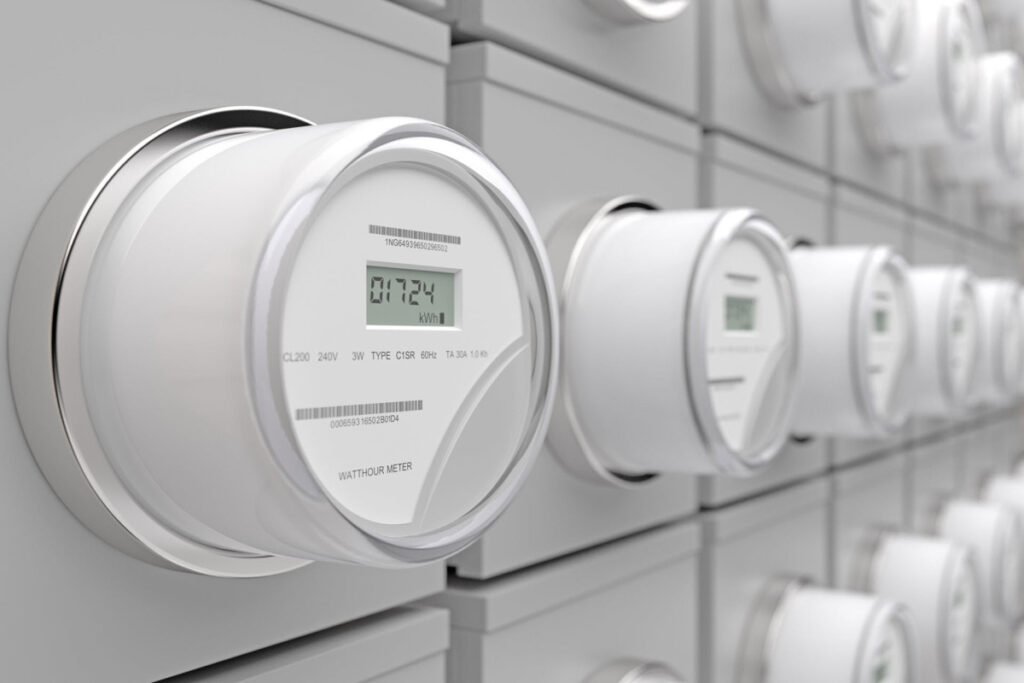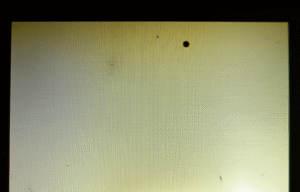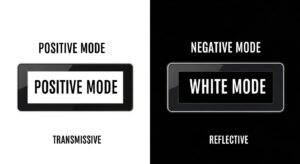
Key Highlights
- Learn how LCD technology enhances the clarity and accuracy of energy meter readings.
- Discover the advantages of LCDs, such as energy efficiency, durability, and robustness—ideal qualities for digital energy meter displays.
- Understand the critical features to consider when choosing an LCD display for energy meters, including resolution, contrast, and compatibility, to optimize smart meter performance for home and industrial use.
- Explore real-world examples of LCD displays in residential and industrial energy meters, offering solutions to meet diverse needs.
Introduction
In today’s energy-conscious world, users increasingly value real-time energy consumption data. Digital energy meters equipped with LCD displays make it easy to monitor energy usage, allowing both households and businesses to manage consumption more effectively. By providing clear, real-time feedback, LCD screens help users identify patterns and make informed decisions about their energy usage.

The Shift from Analog to Digital Energy Meter LCD Displays
Traditional analog energy meters relied on dials that were often difficult to interpret. In contrast, modern smart meters feature easy-to-read digital LCD screens that display energy usage in precise kilowatt-hours (kWh) or currency units. This shift provides a clear advantage by allowing users to easily track their energy usage and associated costs, which is especially useful for both residential and business energy management.
Understanding LCD Technology in Energy Meters
LCD technology is based on liquid crystals that adjust light when an electric current passes through, using minimal power—making it an excellent choice for energy meters. These LCD displays work seamlessly with sensors to provide real-time updates on key data points like voltage, current, and power factor, helping users make smarter choices for energy management.
Advantages of Using LCD Displays for Energy Meters
- Energy Efficiency: LCDs consume less power, making them more cost-effective for long-term use.
- Enhanced Readability: LCD screens provide clear, easy-to-read information, displaying real-time data that allows users to adjust their energy use habits effectively.
- Customizability: Many energy meters can be tailored to display additional details or energy-saving tips, enabling energy providers to engage users in energy conservation.
Essential Features of Energy Meter LCD Displays
When selecting an energy meter with an LCD display, key features to consider include:
- Resolution and Clarity: A high-resolution display ensures readings are clear and easy to interpret.
- Contrast Ratio: Good contrast helps maintain readability across various lighting conditions.
- Viewing Angle: Wide viewing angles are essential to ensure readability from different positions.
- Temperature Range: Meters should operate reliably in extreme temperatures, making them suitable for year-round use in varied climates.
- Durability: Outdoor and industrial meters require robust LCD displays that can withstand environmental challenges, such as UV exposure and moisture.
Integrating LCD Displays with Energy Meters
Connecting an LCD display to an energy meter accurately requires compatible communication protocols, such as RS-232, RS-485, SPI, or I2C. Each protocol offers different benefits in terms of speed, distance, and complexity, allowing for tailored energy monitoring systems that fit specific application needs.
Modern smart meters often utilize wireless connectivity, enabling users to view energy data in real-time remotely. This accessibility helps users manage their consumption patterns more effectively from various locations.
Customization and Scalability of Energy Meter LCD Displays
The flexible nature of LCD technology allows for diverse designs tailored to energy meter needs. Custom LCD displays can vary in size, shape, and functionality, including backlighting options and even touchscreen capabilities for enhanced user interaction. For residential applications, LCD smart meters offer users insights into their usage, helping to set and track energy goals. Industrial applications benefit from larger, more durable displays suited for monitoring complex systems and optimizing factory energy use.
Real-World Applications of LCD Displays in Energy Meters
Residential Energy Meter Upgrades with Smart Displays
Across the UK, new smart prepayment meters equipped with LCD displays show real-time energy consumption in kilowatt-hours, helping users monitor both energy usage and costs. LCD in-home displays (IHDs) simplify viewing, enabling users to track their energy expenses and set usage goals effectively. These meters also aid users with solar panels by showing energy production and usage simultaneously, facilitating energy optimization.
Industrial Energy Management with Large-Scale LCD Displays
Digital energy meters with durable LCD screens are essential for industrial environments, where they monitor critical parameters like power factor and voltage. These robust displays withstand high temperatures and heavy use, providing accurate information that helps industries schedule maintenance and improve operational efficiency.
Conclusion
The adoption of LCD displays in both residential and industrial energy meters reflects a commitment to more informed energy management. With clear, easy-to-read displays, users gain greater insight into their energy usage, supporting both cost savings and sustainable choices. LCD technology continues to advance, and future developments will further integrate smart meters with IoT systems, enabling even smarter energy management solutions.
Frequently Asked Questions (FAQs)
How Do LCD Displays Enhance Energy Meter Accuracy?
While LCD displays don’t impact the intrinsic accuracy of energy meters, they make readings clearer and easier to interpret, reducing the risk of user errors and ensuring accurate meter tracking.
Can LCD Displays Operate in Extreme Conditions?
Yes, specialized LCD screens for energy meters are designed to perform well under extreme temperatures, making them suitable for both outdoor and industrial applications.
What Maintenance Do Energy Meter LCD Displays Require?
LCD screens require minimal maintenance. Regularly wiping with a soft cloth is usually sufficient to keep the display clean. Following the manufacturer’s care guidelines ensures longevity, especially for displays in challenging environments.
What Factors Should I Consider When Choosing an LCD Display for My Energy Meter?
When selecting an LCD display, ensure compatibility with the meter’s communication protocols and consider key features such as resolution, contrast, and viewing angle. Customizable options for specific display needs are also beneficial.







